Etruscan Sarcophagus of the Spouses Fascinating Revelations
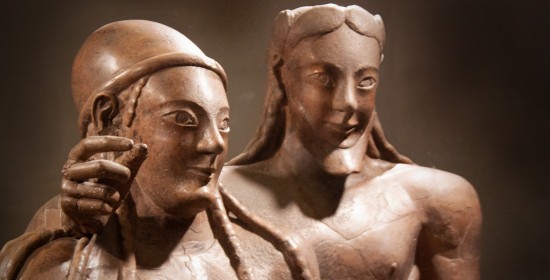
Step into the realm of ancient wonders and embark on a journey that transcends time. Welcome to the Stefano Rome Tours! Our Rome Countryside tours to Etruscan places offer a gateway to the past, where you can witness the legacy of an extraordinary civilization.
In this blog, explore the ancient Etruscans and their world-famous Sarcophagus of the Spouses from Cerveteri, a masterpiece of Etruscan funerary artwork displayed at the Villa Giulia Museum in Rome. It is a sculpted sarcophagus dating back to the 6th century BCE depicting a man and a woman lying side by side on a banqueting couch, symbolizing their eternal bond in the afterlife
Prepare to be enthralled by the hidden treasures it unveils as we unearth ancient tales and untangle the enigmas that enshroud this time-honored relic. Discover the story of its excavation and restoration that breathed new life into this ancient treasure. Gain insight into the intimate portrayal of love etched into the very essence of the sarcophagus. Let your imagination roam as you learn about the vibrant celebrations and indulgences that once adorned Etruscan gatherings, and learn more about the significant influence of the Etruscans on Roman art.
Join us on this remarkable journey as we pay homage to the Etruscans' boundless creativity and unlock the mysteries that lie within the Etruscan Sarcophagus of the Spouses, a testament to the enduring power of human imagination and the timeless allure of the past.
Etruscan Sarcophagus of the Spouses:
10 Fascinating Revelations
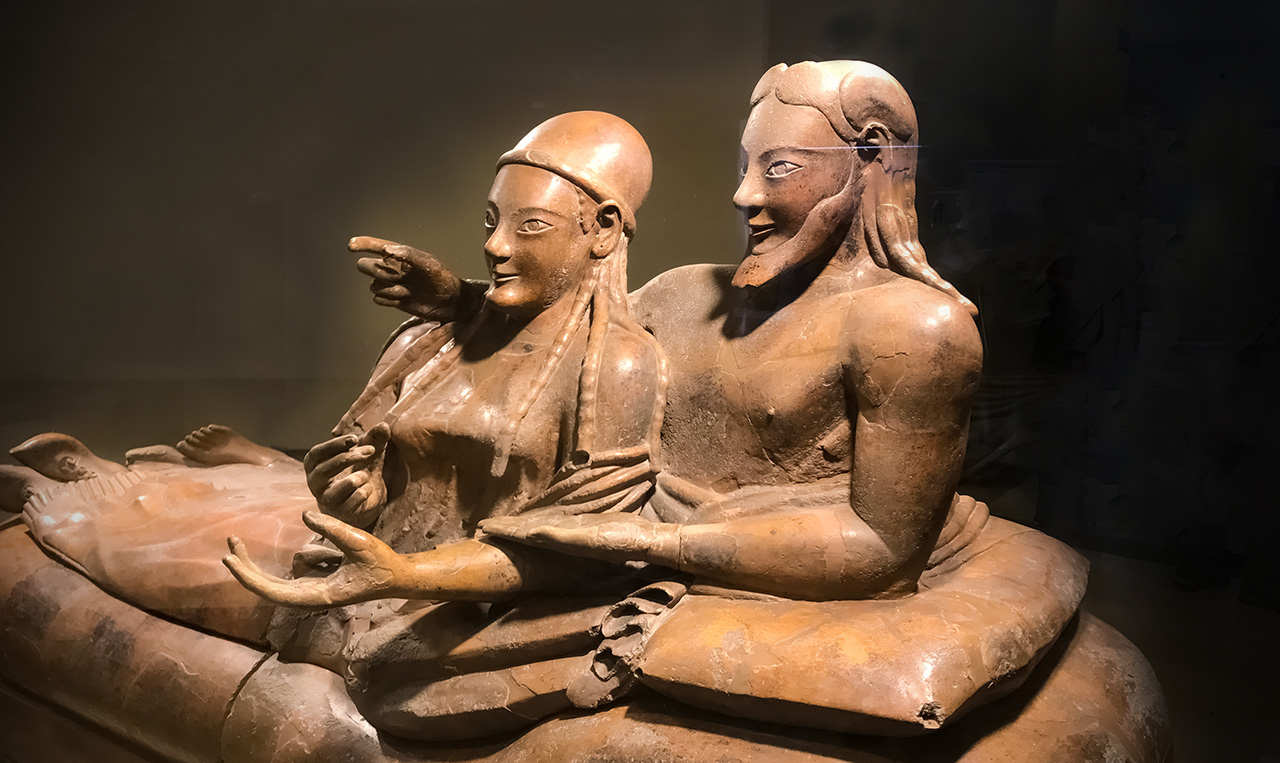
1. The Sarcophagus of the Spouses’ Discovery & Restoration
The discovery of the Sarcophagus of the Spouses provides insights into the historical and archaeological context of Italy during its resurgent period. In the 19th century, archaeology captured the interest of a privileged few, becoming a profitable venture for landowners and art merchants.
In 1881, the Boccanera brothers made a significant find on the Ruspoli family estate, now known as the Banditaccia Necropolis. They uncovered the Sarcophagus of the Spouses in about 400 fragments, scattered inside and outside the tomb, which had already suffered damage from previous excavations. Alongside the sarcophagus, a collection of Corinthian vases was also discovered, providing additional context.
(watch the tour video segment featuring BANDITACCIA Necropolis in CERVETERI)
In the mid-1950s, a collaborative effort between Renato Bartoccini and engineer Maurilio Lerici led to the restoration of the Sarcophagus of the Spouses. Their work aimed to reconstruct and preserve the fragmented sarcophagus, allowing its artistic and historical significance to be appreciated and studied.
With the dedicated efforts of skilled professionals, the Sarcophagus of the Spouses has been successfully restored and is now on display at the National Etruscan Museum of Villa Giulia. Visitors are treated to the awe-inspiring craftsmanship and artistic brilliance of this extraordinary Etruscan funerary masterpiece.
Preserving such artifacts for future generations poses significant challenges, especially when it comes to mitigating the detrimental effects of external factors. The constant vibrations caused by heavy traffic can gradually degrade historic structures and their contents. The Sarcophagus of the Spouses, along with other artworks in the museum's north wing, is particularly vulnerable to stability issues due to daily rail traffic vibrations.
Moreover, the threat of earthquakes looms over artistic and historical treasures. Assessing their susceptibility requires a meticulous examination of their dynamic properties and seismic vulnerability.
To tackle these challenges head-on, the adoption of seismic isolation emerges as an intelligent solution. Rather than solely focusing on increasing resistance, this approach aims to reduce dynamic loads at the artwork's base. By doing so, it provides protection and minimizes damage even during violent seismic events.
By implementing these measures, we can ensure the long-term preservation and safeguarding of invaluable cultural artifacts like the Sarcophagus of the Spouses, allowing future generations to appreciate and learn from the rich heritage of the Etruscan civilization.
2. A Masterpiece of Terracotta Sculpture
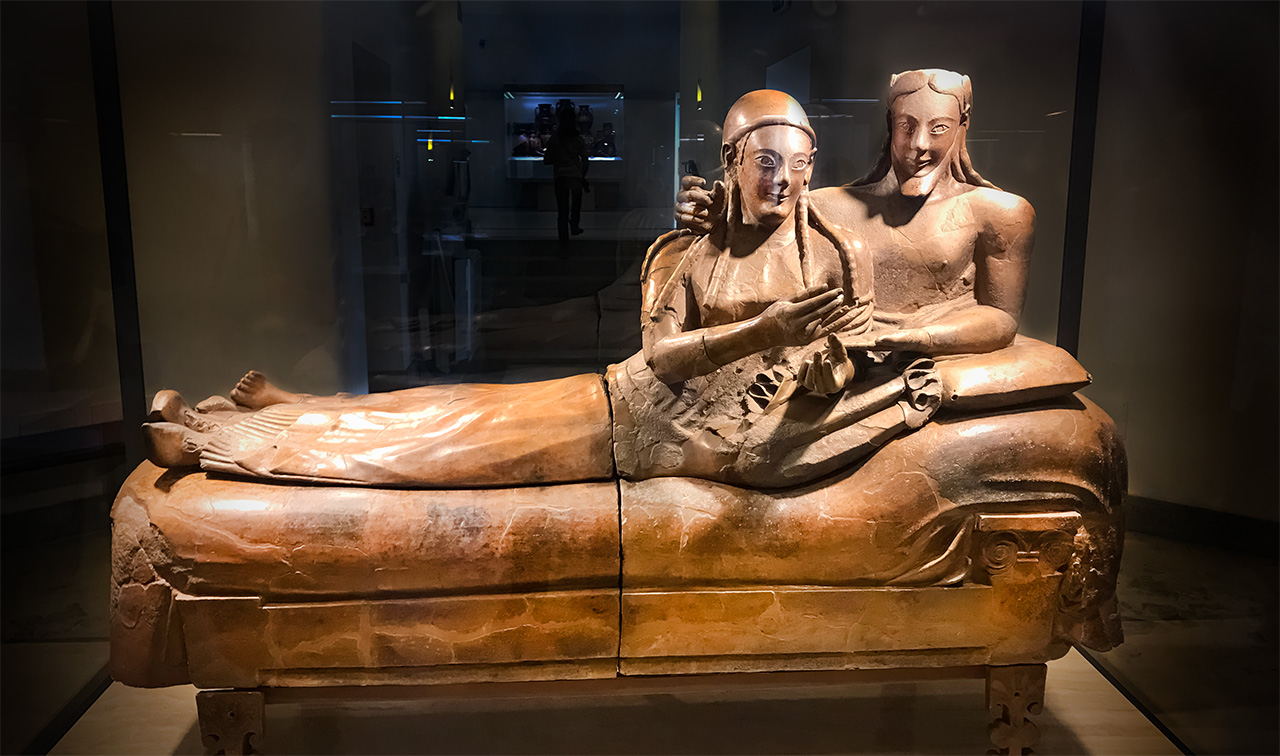
The Etruscan Sarcophagus from Cerveteri stands as a testament to the Etruscans' mastery of terracotta sculpture. Its creation would have been an exclusive commission, reserved for the elite of Etruscan society.
In the absence of abundant sources of marble in archaic Italy, terracotta became the preferred medium for decorative sculptures, including those adorning Etruscan temples.
The technical achievement of the terracotta sculpture is particularly remarkable when considering the limitations faced by the Etruscans. Unlike their Greek counterparts, who had access to fine marble, the Etruscans relied primarily on clay as their artistic medium.
The sarcophagus exhibits a clear line across its middle, indicating that it was constructed in distinct sections. This is because the commission of the sarcophagus presented a unique set of challenges for its creators. This funerary artifact was crafted through the firing of four separate pieces, which were later assembled to form the complete sarcophagus. This extraordinary artwork showcases the Etruscans’ unrivaled skill in working with clay, transforming it into a medium of unparalleled beauty and detail, pushing the boundaries of terracotta craftsmanship.
Every aspect of the sarcophagus demonstrates meticulous attention to detail and the ability to convey human emotions and expressions. The facial features of the figures, though stylized, exhibit a remarkable sense of realism. The almond-shaped eyes, arching eyebrows, and delicately sculpted lips convey a range of emotions, from serene tranquility to subtle smiles, capturing the essence of the individuals portrayed.
3. An Intimate Portrayal of Love
The Etruscan Sarcophagus of the Spouses beautifully portrays the intimacy and love between a man and a woman, offering a captivating glimpse into the depth of their connection. The artwork showcases the couple lying side by side on a banqueting couch.
One notable aspect contributing to the portrayal of love is the facial expressions of the couple. Their serene and contented expressions reflect a sense of peace and happiness within their relationship and highlight the intimate nature of their connection and underscore the profound love they share.
The choice to depict the couple in the context of a banqueting scene holds symbolic significance. Banquets held a central role in Etruscan society, serving as social gatherings where connections were forged, the deceased were honored, and important events were celebrated. By placing the couple in this setting, the artwork suggests that their love transcends the physical realm and encompasses the spiritual and social aspects of their lives. It implies that their bond is not limited to earthly existence but extends into the afterlife.
4. Mysteries of the Missing Objects
The figures on the sarcophagus were depicted in a reclining position, their arms extended forward, suggesting that they once held objects of importance. However, these objects have been lost to time, leaving behind empty spaces that tantalize us with their hidden secrets. The missing objects could have conveyed valuable clues about the cultural and symbolic meaning behind the artwork, as well as the personal significance for the individuals depicted.
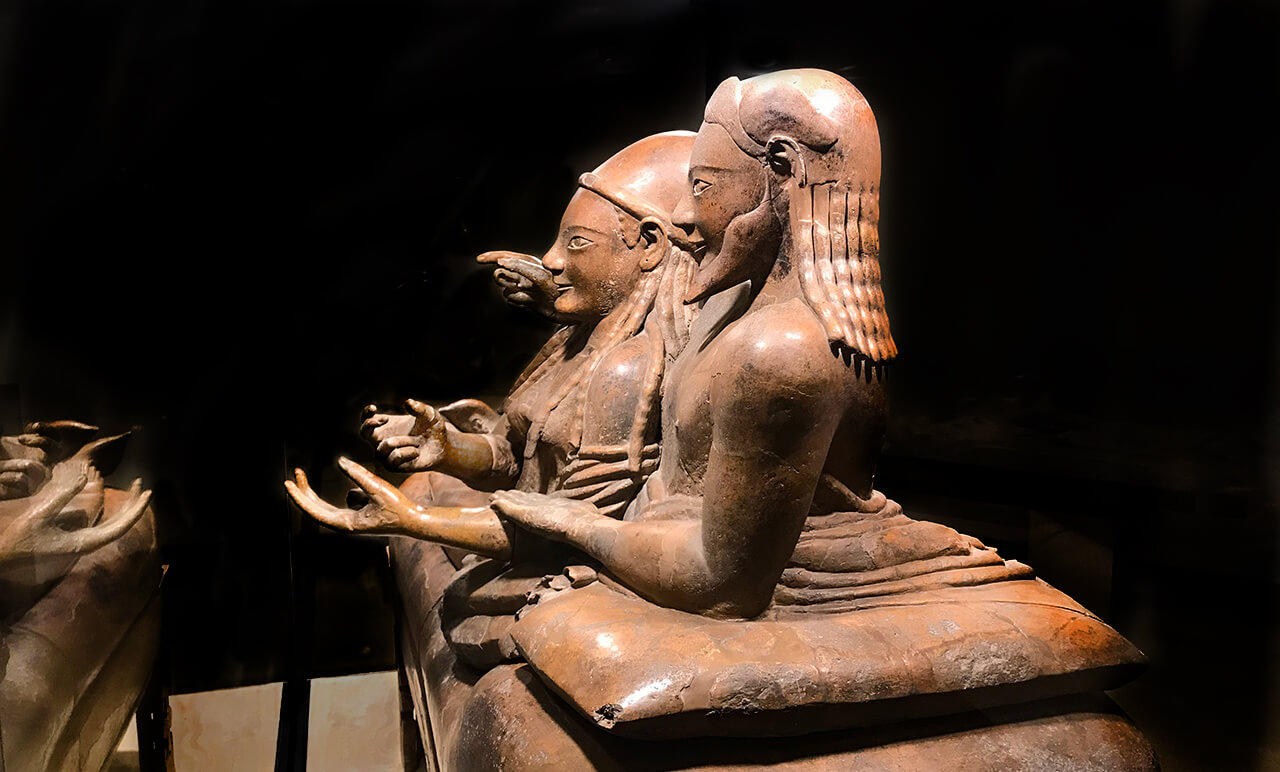
Various theories have been proposed to explain the absence of the objects. One possibility is that the materials used for the objects were perishable or fragile, such as wood or organic substances that could have been drinking cups or vases. Over the centuries, these materials could have decayed, broken, or deteriorated, leaving no trace behind and erasing the original form and purpose of the objects.
The missing objects invite speculation about their nature and significance. Were they offerings meant to accompany the deceased into the afterlife? Did they symbolize specific attributes or possessions of the individuals portrayed? Did they hold religious or cultural significance within the Etruscan society?
If we were to observe other sarcophagi figures and Etruscan tomb frescoes, we can often see figures holding plates, garlands, or an egg.
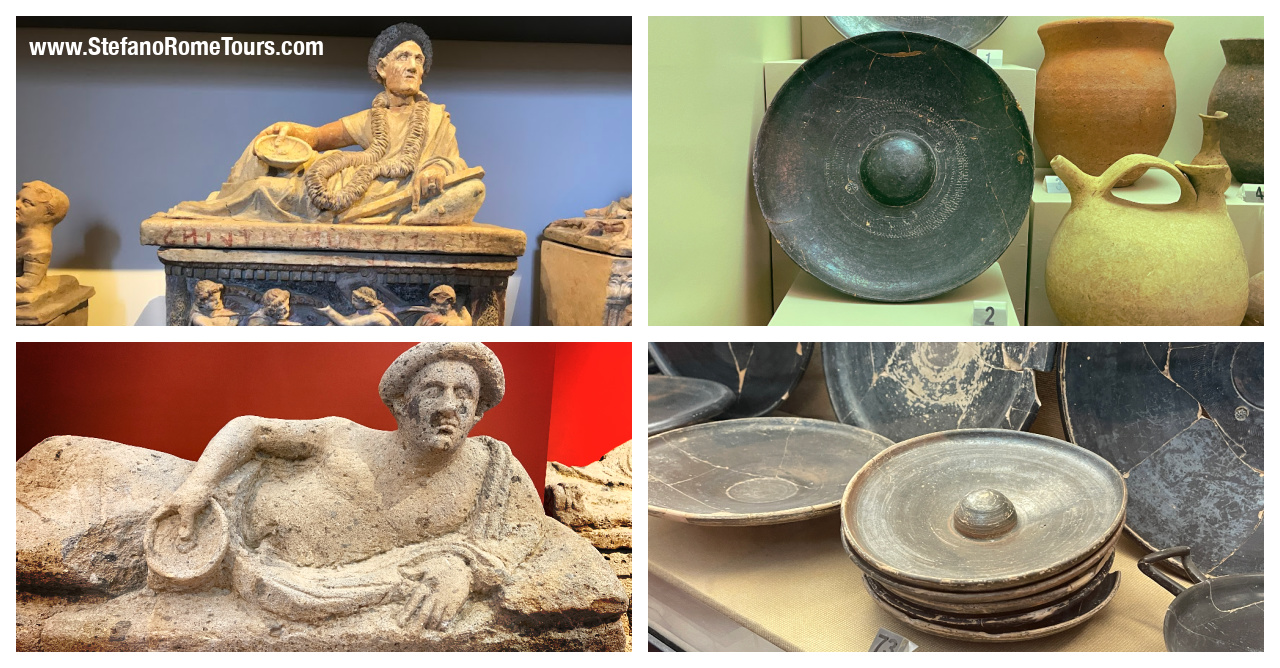
The plate, or patera, symbolizes the act of offering and sharing. It represents the communal aspect of Etruscan banquets and the importance of hospitality and generosity. The presence of plates in the hands of the figures suggests the notion of a feast or a ritual meal shared in the afterlife. It signifies the continuation of social connections and the belief in a shared existence beyond death.
The egg, as a symbol of fertility and rebirth, holds great significance in Etruscan funerary art. It represents the cycle of life, death, and regeneration. The egg is associated with the concept of renewal and the transition to the afterlife. It embodies the belief in the continuity of existence and the cyclical nature of the universe.

The empty spaces where the objects were once held evoke a sense of wonder and curiosity. The missing objects remind us of the fragility of ancient artifacts and the challenges faced by historians and archaeologists in unraveling the secrets of the past.
5. A Glimpse of the Ancient Etruscan Style
Although the facial features on the sarcophagus may not be highly detailed, they can still offer some glimpses into the general appearance of the Etruscans. The facial proportions, expressions, and other features can provide hints about their physical attributes.
The intricate carvings on the sarcophagus also depict different hairstyles. These hairstyles can provide insights into the hairdressing techniques and styles favored by the Etruscans, including the use of elaborate hairstyles and headpieces.
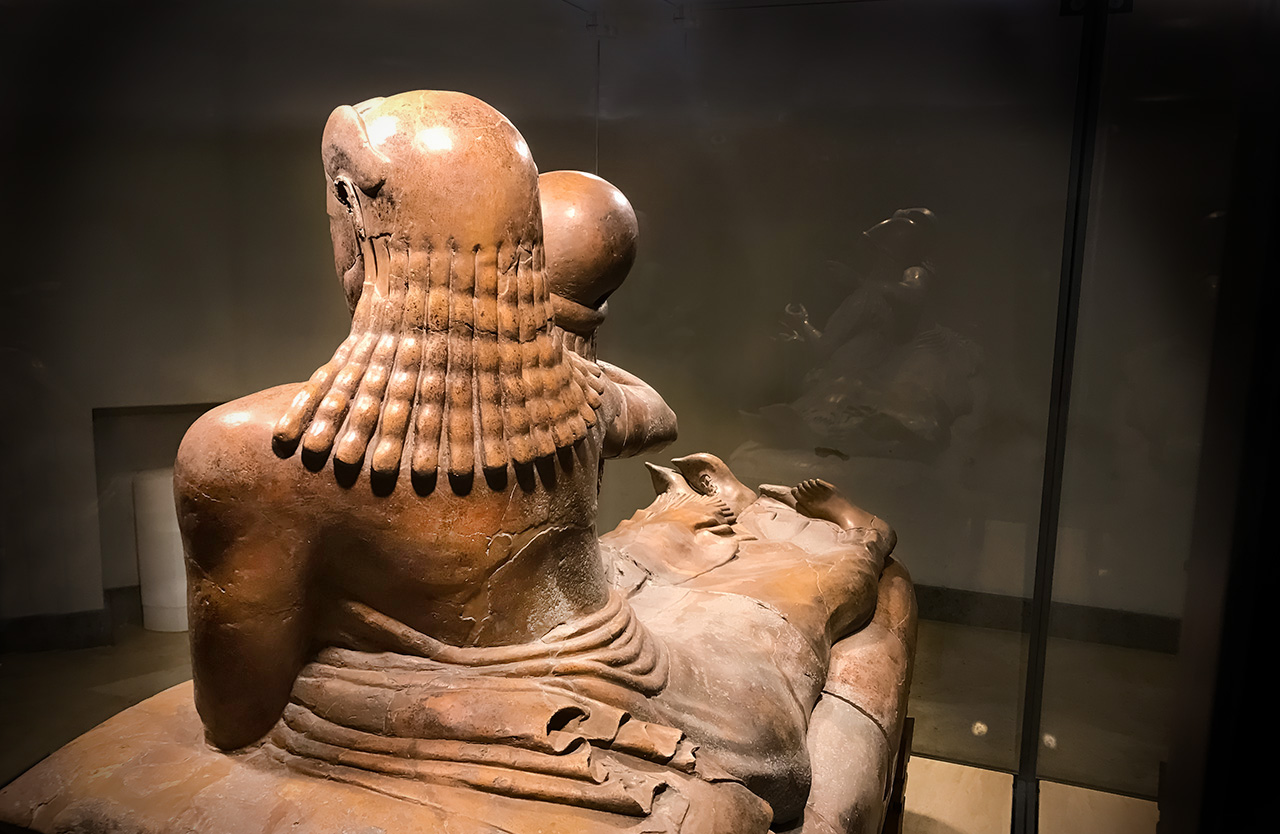
The couple's hair is intricately styled in a plaited fashion, showcasing the attention to detail in Etruscan hairstyling. The woman's braids are elegantly arranged, hanging over her shoulders while she wears a soft cap called "tutulus". The man, on the other hand, has braids at the back of his head that fan out over his shoulders and back, creating a distinct and stylish look. These carefully crafted hairstyles provide a glimpse into the hairstyling practices of the Etruscans.
Other Etruscan sculptures and frescoes depict women with elaborate updos adorned with intricate hair accessories, including headbands, ribbons, and floral arrangements. Men, on the other hand, are often also shown with short, cropped hair or with a more tousled and natural look.
In terms of clothing, the Etruscan woman portrayed on the sarcophagus wears a long, flowing garment known as a chiton or peplos. This garment drapes elegantly over her body, with its folds and pleats beautifully rendered in the artwork. The chiton is typically made from fine fabrics such as linen or wool, reflecting the Etruscans' appreciation for quality materials.
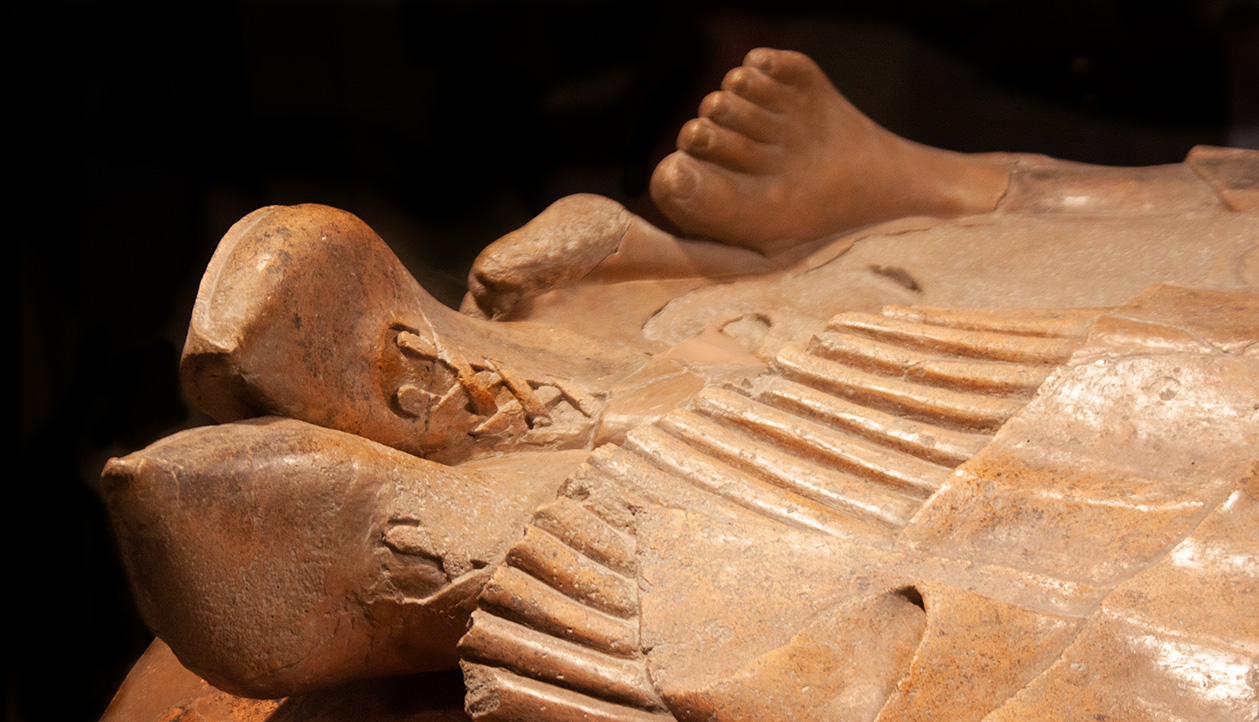
The figures' legs and hips are artistically stylized to harmonize with the lid's contours, offering only subtle glimpses of their feet. The woman's footwear, known as "calcei repandi", reflects the influence of Eastern fashion trends, featuring a pointed toe that gracefully curves upwards. Conversely, the man is depicted barefoot, adding to the nuances of their respective styles.
It is important to note that the artistic style of the sarcophagus may reflect certain idealized or stylized representations rather than precise depictions of everyday Etruscan appearance. Nonetheless, the sarcophagus offers valuable visual evidence that contributes to our understanding of Etruscan fashion, jewelry, hairstyles, and to some extent, their physical appearance.
6. Insights into Etruscan Society
These intricate carvings not only showcase the Etruscans' skill in sculpting but also provide valuable insights into their customs, beliefs, and mythological narratives.
The portrayal of the married couple lying side by side on the sarcophagus reflects the Etruscans' deep reverence for the bonds of marriage. It highlights the significance they placed on companionship, love, and the continuation of relationships beyond death.
The Sarcophagus of the Spouses not only provides some clues about how the Etruscans looked or dressed but also offered valuable insights into Etruscan funerary practices and beliefs surrounding the afterlife. It demonstrates their belief in the importance of a proper burial and the accompanying objects and rituals associated with the journey to the afterlife.
(Watch the tour video segment featuring MONTEROZZI Necropolis in TARQUINIA)
Overall, the Sarcophagus of the Spouses serves as a testament to the rich and sophisticated civilization of the Etruscans, offering valuable insights into their beliefs, customs, and artistic achievements. Its presence in the Villa Giulia museum allows visitors to immerse themselves in the fascinating world of the Etruscans and appreciate the enduring legacy of their culture.
While the original owner of the sarcophagus remains unknown, it is evident that the commissioning individual(s) held esteemed status as members of the Etruscan elite.
7. Discover Etruscan Funerary Customs
The Etruscan Sarcophagus from Cerveteri provides a fascinating glimpse into the intricate funerary rituals and beliefs of the Etruscan civilization.
Etruscan funerary rituals were elaborate and deeply rooted in their spiritual and religious beliefs. They believed in the continuity of life after death, with the deceased embarking on a journey to the afterlife. These rituals were designed to ensure a smooth passage and to honor and remember the departed.
The sarcophagus itself is a testament to the care and attention given to preparing the deceased for their journey. Its intricate design and masterful craftsmanship reflect the Etruscans' desire to create a fitting resting place for the deceased, one that would preserve their memory and provide a comfortable transition to the afterlife.
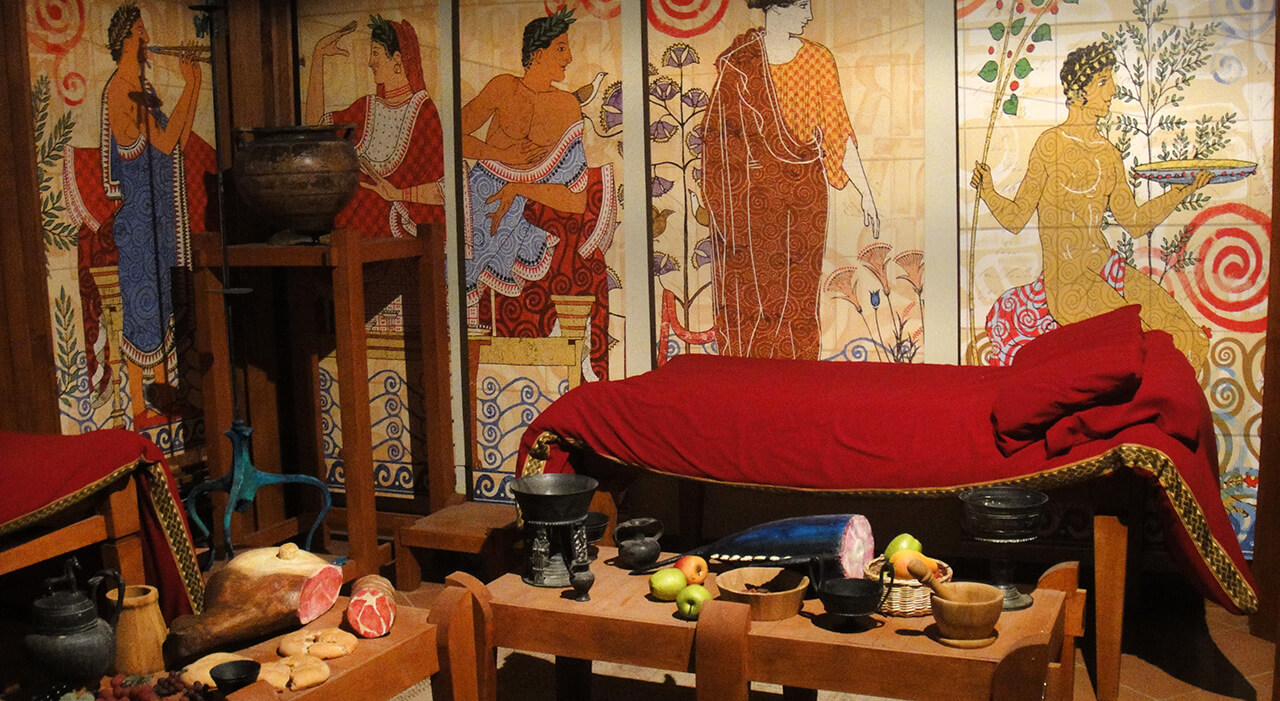
One significant aspect of Etruscan funerary rituals was the importance of communal feasting and banquets. The inclusion of a banqueting scene on the sarcophagus suggests that banquets played a crucial role in honoring the deceased and facilitating their transition to the afterlife.
These banquets were not merely gatherings for nourishment but rather symbolic acts of remembrance and celebration. They served as occasions for family and friends to come together, forging social bonds, and paying tribute to the departed.
Another important element of Etruscan funerary rituals was the belief in the preservation of personal identity beyond death. The intricate details of the sarcophagus, such as the depiction of the couple and their clothing, reflect the Etruscans' desire to ensure that the deceased's identity and status were maintained in the afterlife. It was believed that the individual's essence would continue to exist, and the rituals performed during the funerary process were aimed at facilitating this continuity.
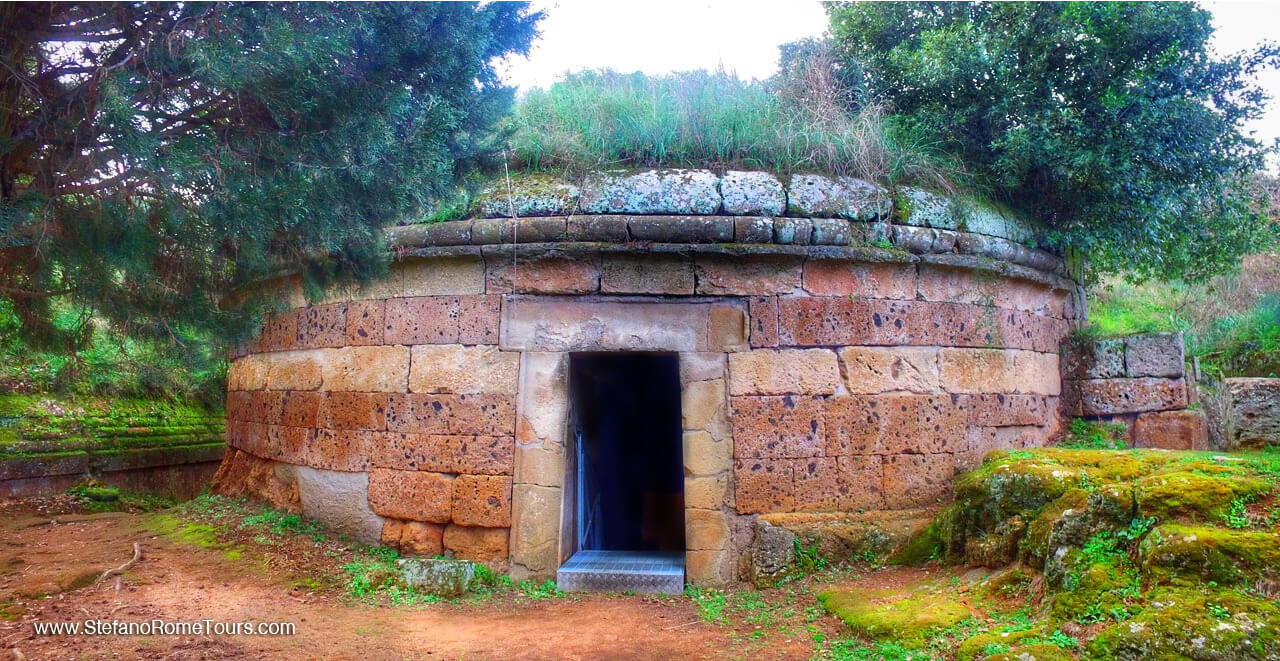
Tombs in Cerveteri, such as the tomb in which the Sarcophagus of the Spouses was uncovered, offer a unique insight into the Etruscan view of the afterlife and their beliefs surrounding death. The tombs in the Banditaccia necropolis are carved into the soft volcanic tuff rock and organized in a planned manner, reflecting the Etruscans' meticulous approach to burial rituals and their reverence for the dead.
One striking characteristic of the tombs is their resemblance to the houses of the deceased. Etruscan tombs were designed to resemble domestic dwellings, reflecting their belief in the continuity of life beyond death. The larger tombs, often referred to as "tumuli," are mound-like structures.
The smaller tombs are simpler in design, with a single chamber and a carved entrance. More elaborate tombs have multiple chambers for larger families or generations of families. On our Castles and Lakes Tour from Rome and Civitavecchia, our guests have the opportunity to explore many of these fascinating Etruscan tombs in Cerveteri.
The tombs frequently contained burial furniture, such as sarcophagi, pottery, and personal items, indicating the Etruscans' belief in the afterlife and the provision of comforts for the deceased. These grave goods have been carefully collected, studied, and displayed in various museums.
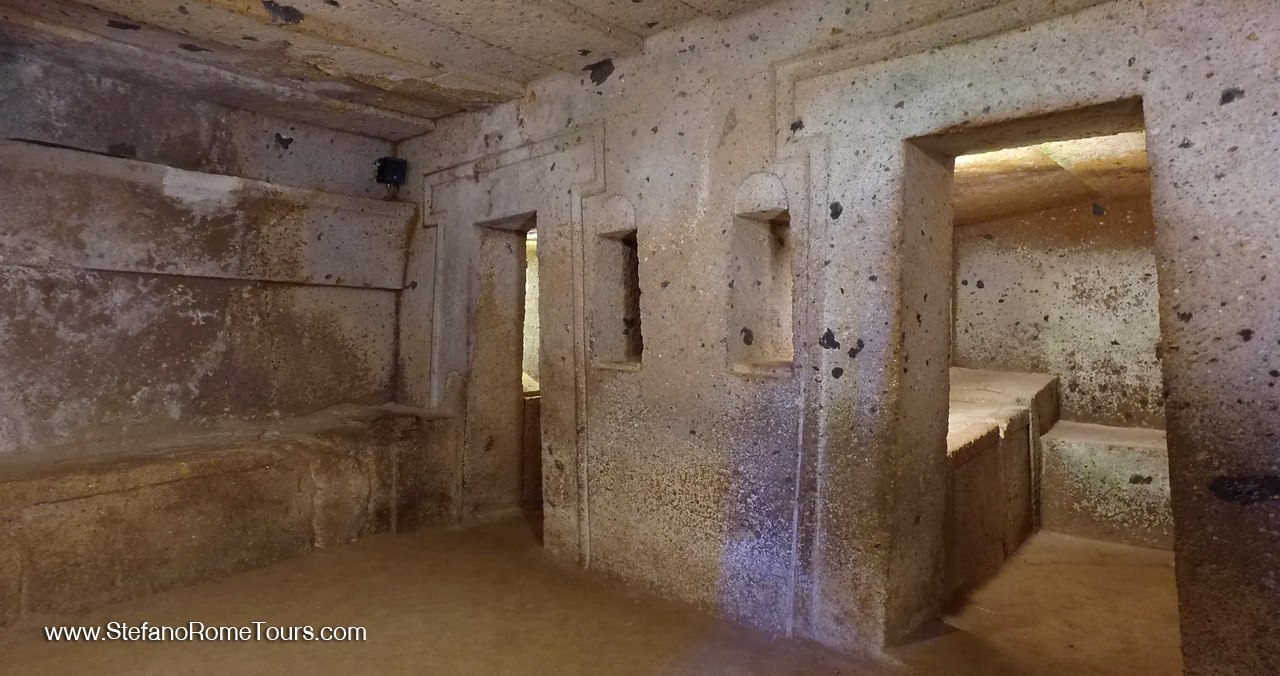
Elsewhere in ancient Etruria, many tombs in the Monterozzi Necropolis in Tarquinia were also adorned with frescoes depicting scenes from daily life, religious rituals, and mythological motifs. These vividly painted walls transport you to a world of lavish feasts and convivial gatherings, showcasing the Etruscans' penchant for celebration and artistic excellence.
Through intricate brushstrokes and vivid colors, these frescoes vividly capture the joyous atmosphere, elaborate decorations, and indulgent culinary delights of Etruscan banquets.
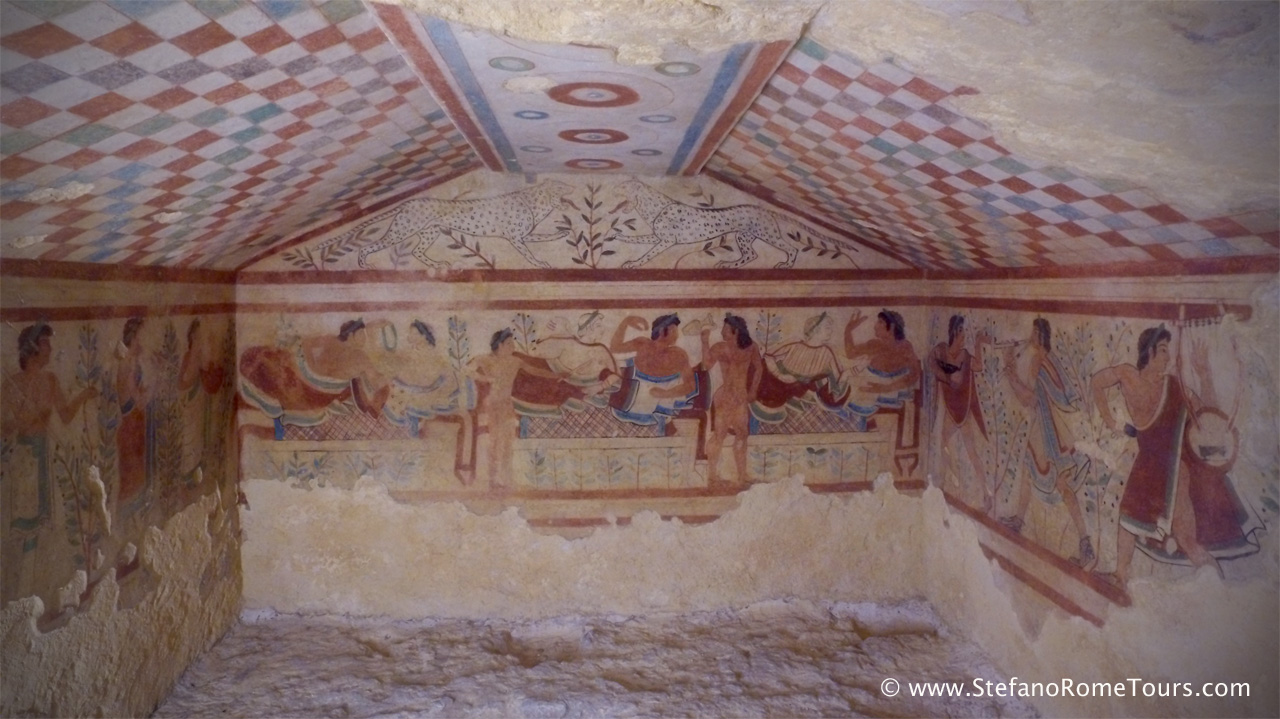
As you explore these captivating tombs on our Etruscan Mystery Tour from Rome and Civitavecchia, you will be immersed in the rich tapestry of Etruscan culture and witness their unwavering appreciation for the pleasures of communal dining.
By studying their artwork, we gain a deeper understanding of the Etruscans' spiritual and cultural practices, shedding light on their worldview and honoring their enduring legacy.
8. Etruscans’ Influence on Roman Art
The Etruscan Sarcophagus of the Spouses holds a significant place in the history of art, particularly in its influence on Roman art. The artistic and cultural legacy of the Etruscans played a pivotal role in shaping the artistic traditions of ancient Rome, leaving an indelible mark that can be seen in various aspects of Roman art and architecture.
During the early centuries of Rome's development, the Etruscans held a position of prominence and exerted a strong influence on the nascent Roman civilization. The Romans admired and absorbed many aspects of Etruscan culture, including their artistic techniques, iconography, and aesthetic sensibilities.
One of the notable influences of Etruscan art on Roman art can be observed in the realm of funerary art and sculpture. The Etruscan tradition of creating elaborate and highly detailed sarcophagi, such as the one from Cerveteri, influenced the Romans in their own funerary practices. Roman sarcophagi often adopted similar motifs, such as banqueting scenes, and detailed reliefs as seen in their funerary monuments.
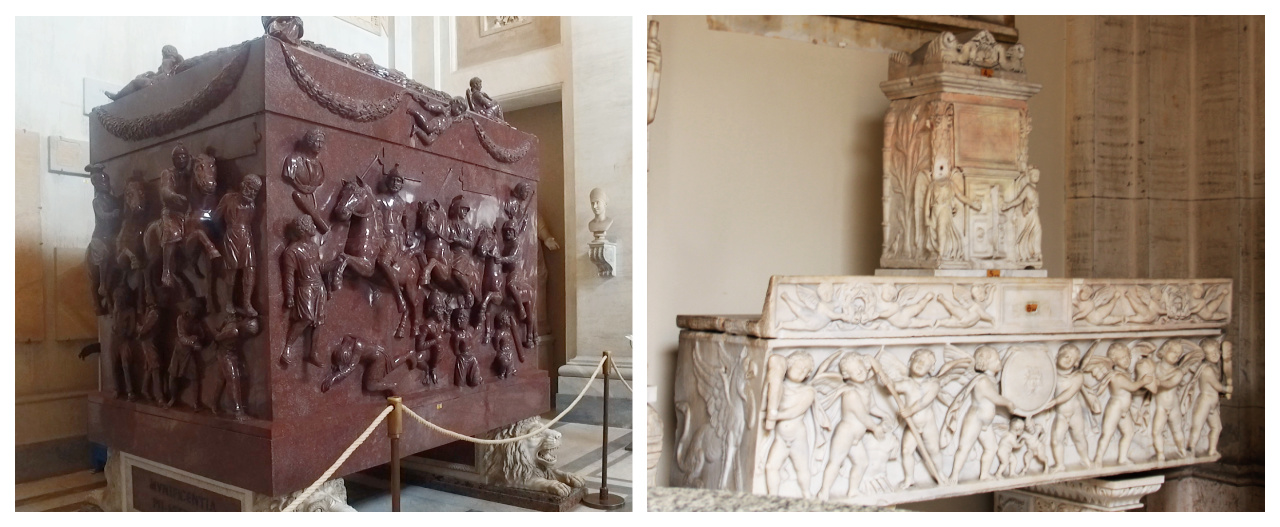
Furthermore, the Etruscan preference for terracotta as a medium for sculpture also made a lasting impression on Roman artists. The mastery of terracotta sculpture by the Etruscans inspired Roman artisans to explore and experiment with this versatile material. Terracotta became widely used in Roman art for various purposes, including architectural decorations, statuary, and portrait busts.
The influence of Etruscan art extends beyond the realm of sculpture. Etruscan wall paintings, frescoes, and decorative motifs also left an indelible mark on Roman wall paintings and mosaics. Roman artists drew inspiration from the vibrant colors, intricate designs, and narrative storytelling found in Etruscan wall paintings, incorporating these elements into their own artistic creations.
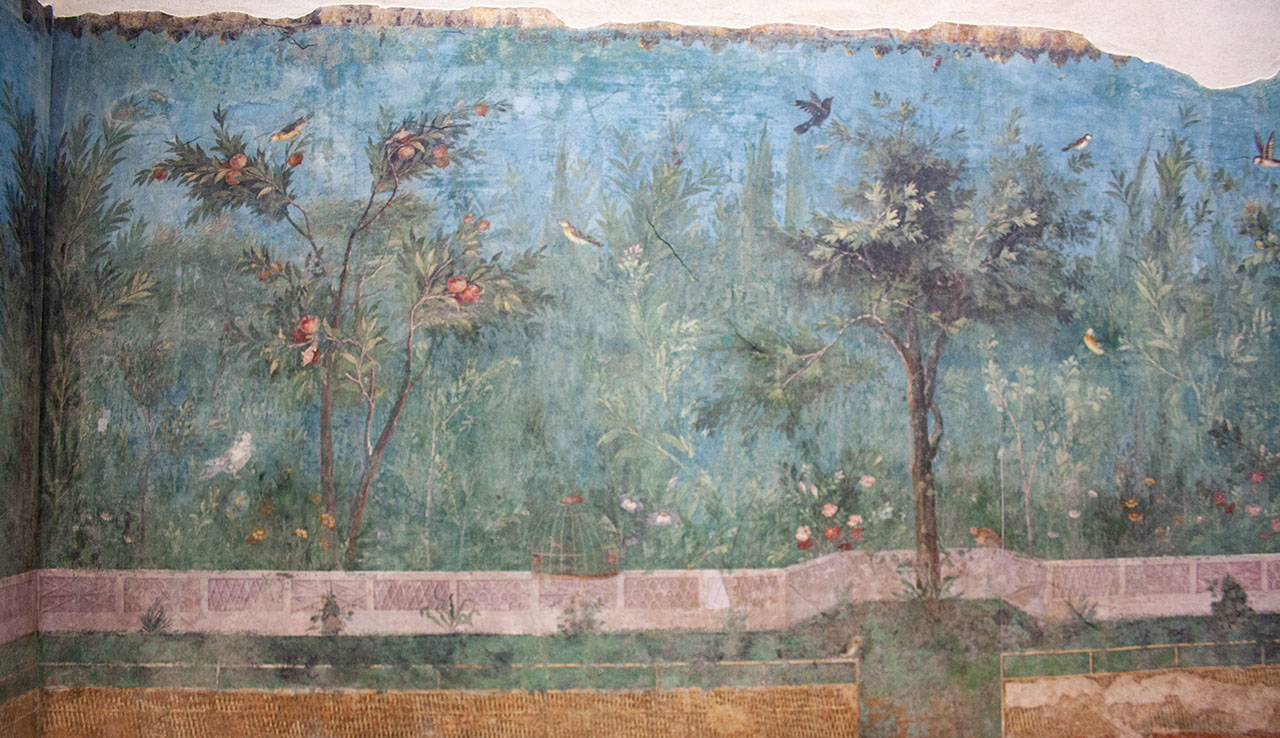
Architecturally, the Etruscans influenced Roman construction techniques and architectural forms. Etruscan temple architecture, with its distinctive frontal approach and high podiums, served as a model for early Roman temple designs. The Etruscans' skill in constructing monumental stone structures, such as the Etruscan tombs, also influenced the Romans in their pursuit of grand architectural projects.
The enduring influence of Etruscan art on Roman art can be attributed to the admiration and assimilation of Etruscan cultural and artistic achievements by the Romans. The Etruscans, with their sophisticated artistic traditions and refined aesthetics, provided a foundation upon which Roman artists built their own artistic expression.
The Etruscan Sarcophagus of the Spouses stands as a testament to the lasting impact of Etruscan art on subsequent artistic traditions. Its intricate details, expressive figures, and symbolic imagery served as a wellspring of inspiration for Roman artists.
9. A Glimpse into Etruscan Women’s Role in Society
The Etruscan Sarcophagus of the Spouses also offers valuable insights into the elevated role of Etruscan women in society. Unlike in many contemporary cultures such as Greek and Roman where women occupied a marginal position in society, Etruscan women enjoyed a higher status and greater freedom, which is reflected in their representation on the sarcophagus. The sarcophagus depicts a man and a woman lying side by side on a banqueting couch, emphasizing the importance of interpersonal relationships and love.
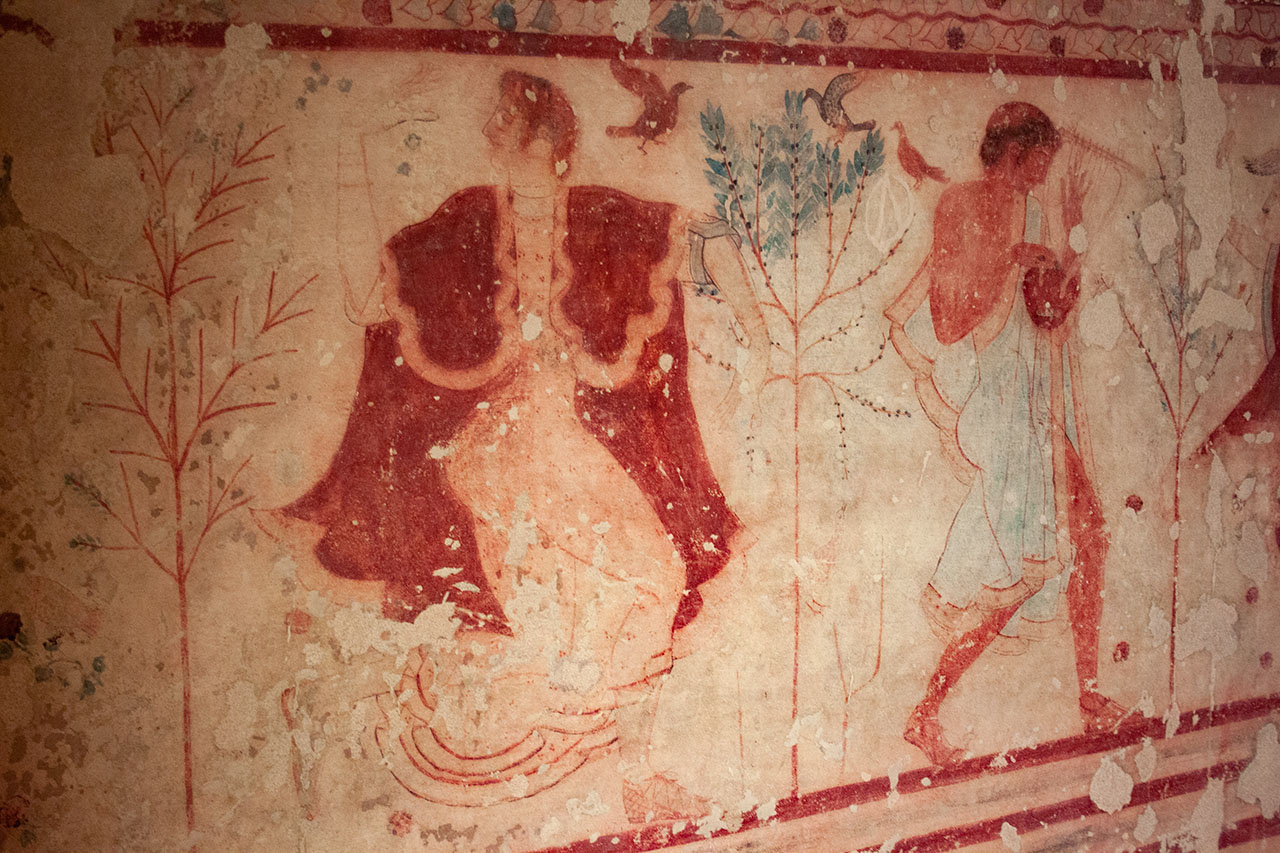
The presence of the woman as an equal partner in this scene suggests a level of equality and companionship within Etruscan marriages. They enjoyed a preponderant position in family and social life, actively participating alongside their husbands in banquets, physical exercises, and games. Etruscan women had the autonomy to own property, manage their homes, and trade, showcasing their economic independence.
Participation in social activities was common for Etruscan women, who fearlessly engaged in public ceremonies, dances, concerts, and games, unconstrained by societal expectations. Their involvement in these events exemplified their social prominence and active presence in Etruscan society.
Etruscan women had access to education and intellectual pursuits. Etruscan women were not confined to the domestic sphere alone. They participated in economic activities, including trade and commerce.
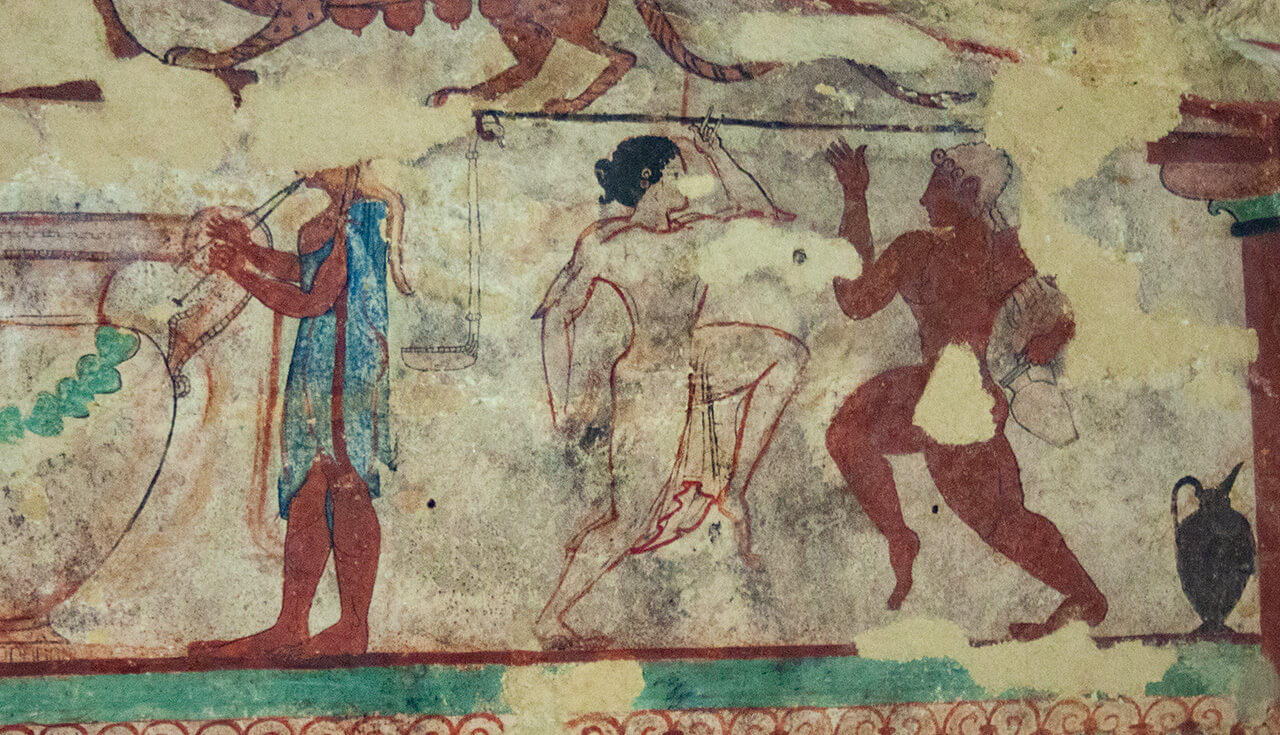
Etruscan women also held important roles within the family structure. They were responsible for managing the household, overseeing domestic affairs, and raising children. Etruscan society valued the institution of the family, and women played a central role in maintaining harmony and well-being.
The religious significance of Etruscan women cannot be overlooked. They held esteemed positions as priestesses, acting as intermediaries between the mortal world and the divine. Through rituals, offerings, and connections with the gods, Etruscan women exerted spiritual authority and influenced religious practices, further emphasizing their elevated status.
The historical account of Tanaquil, an Etruscan aristocrat skilled in divination, exemplifies the prominence of Etruscan women. Her foresight and guidance led her husband to settle in Rome, ultimately resulting in her son-in-law being proclaimed king of Rome after her husband's assassination. This narrative illustrates the power and influence that Etruscan women held within their society.
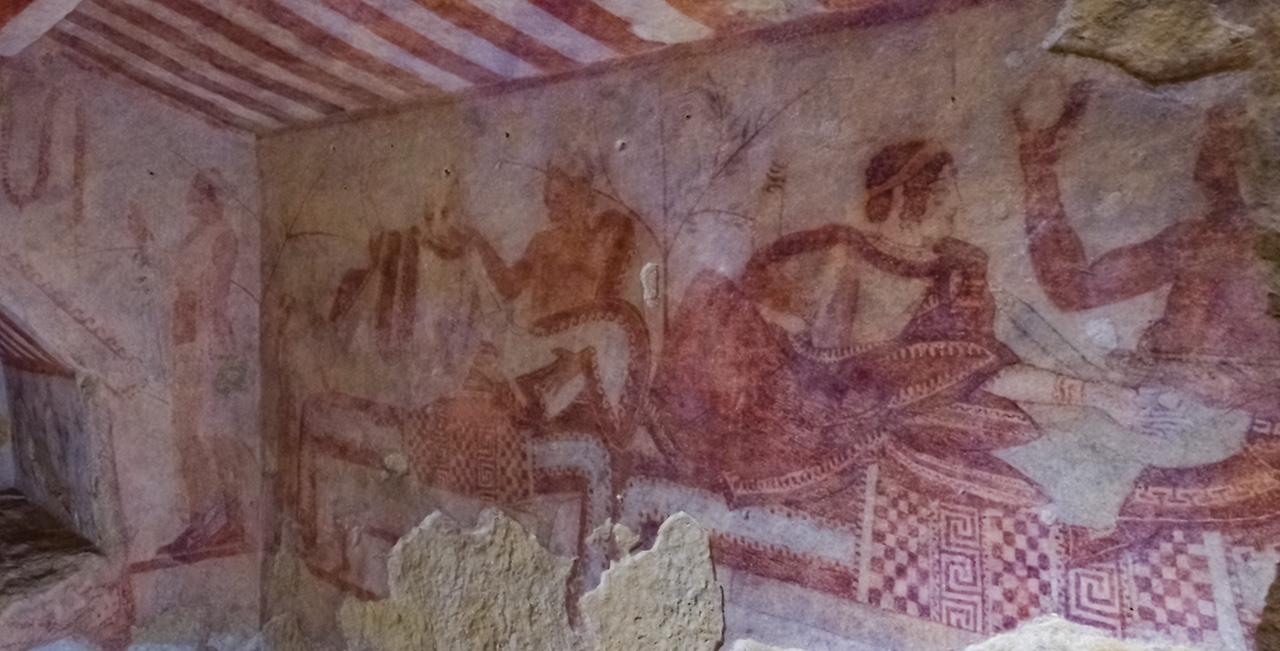
Etruscan women's exceptional status challenges the prevailing gender dynamics of their time and highlights the unique social structure and progressive attitudes within the Etruscan civilization.
10. See the Sarcophagus of the Spouses - Villa Giulia Museum
Entering the Villa Giulia Museum, visitors are greeted with a captivating sight—the Sarcophagus of the Spouses on display.
The museum itself is a treasure trove of Etruscan artifacts, offering a comprehensive collection that showcases the richness and complexity of Etruscan culture. From intricate gold jewelry to vibrant frescoes and intricate pottery, the museum's Etruscan collection provides a fascinating glimpse into the daily life, beliefs, and artistic achievements of this ancient civilization.
With its extensive and well-curated exhibits, the Villa Giulia Museum is a must-visit for anyone seeking to delve into the captivating world of the Etruscans and gain a deeper understanding of their historical significance and artistic legacy.
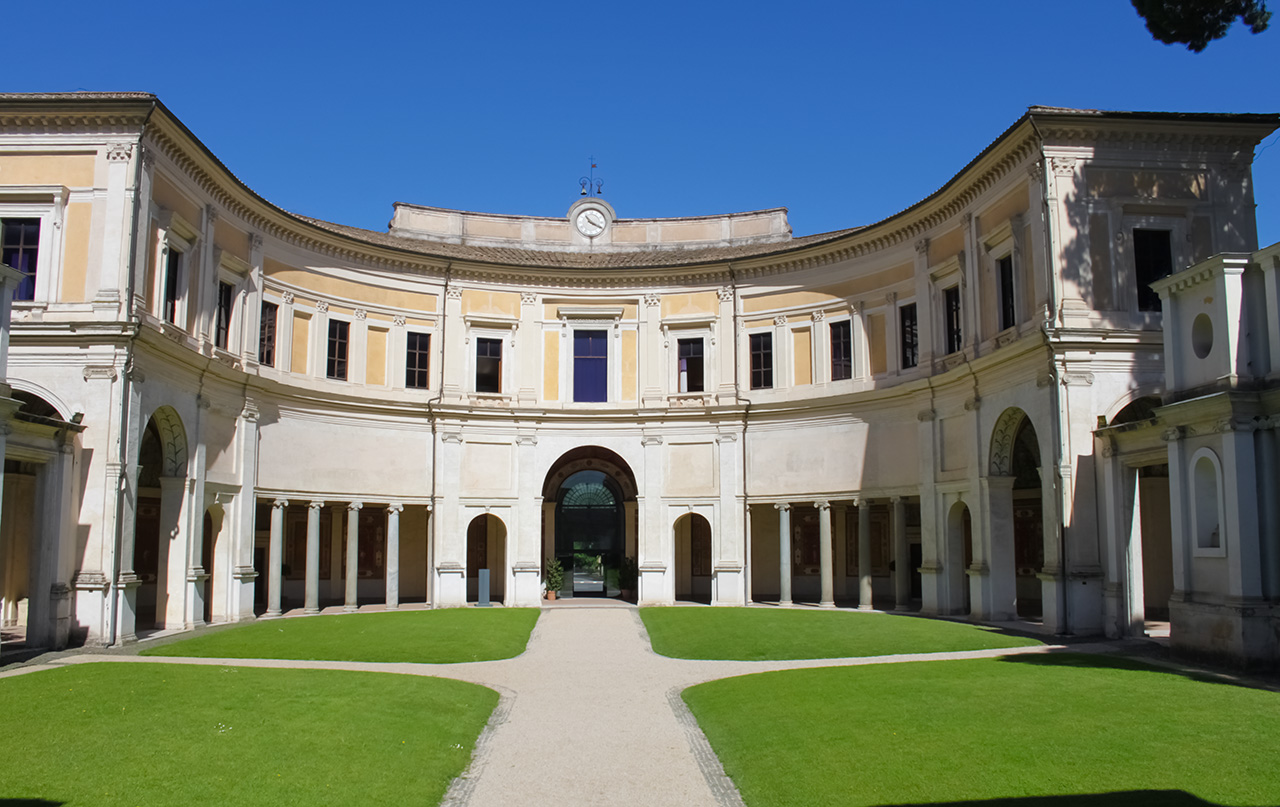
The Etruscan Sarcophagus of the Spouses stands as an awe-inspiring testament to the artistic prowess, cultural practices, and societal values of the Etruscans. Its intricate details, symbolism, and intriguing mysteries continue to captivate scholars and art enthusiasts alike.
By exploring these 10 fascinating aspects, we hope to shed light on the significance of this remarkable artifact and inspire a deeper appreciation for the enigmatic world of the Etruscans.
If you're eager to explore more of the Etruscan legacy, Stefano Rome Tours is your gateway to the Roman Countryside. Embark on day tours from Rome to the Countryside or Rome Countryside shore excursions from Civitavecchia, accompanied by their professional English-speaking drivers.
Visit the remarkable Cerveteri Banditaccia Necropolis on our Castles and Lakes Tour, and Tarquinia Monterozzi Necropolis on our Etruscan Mystery Tour and witness the grandeur of Etruscan tombs firsthand. Discover ancient Etruscan towns like Tuscania, with its rich archaeological heritage.
Stefano Rome Tours will ensure an unforgettable experience, taking you on a journey through time to these captivating historical sites in the wondrous Roman countryside. Book your limousine tour and unlock the secrets of the Etruscan civilization.
